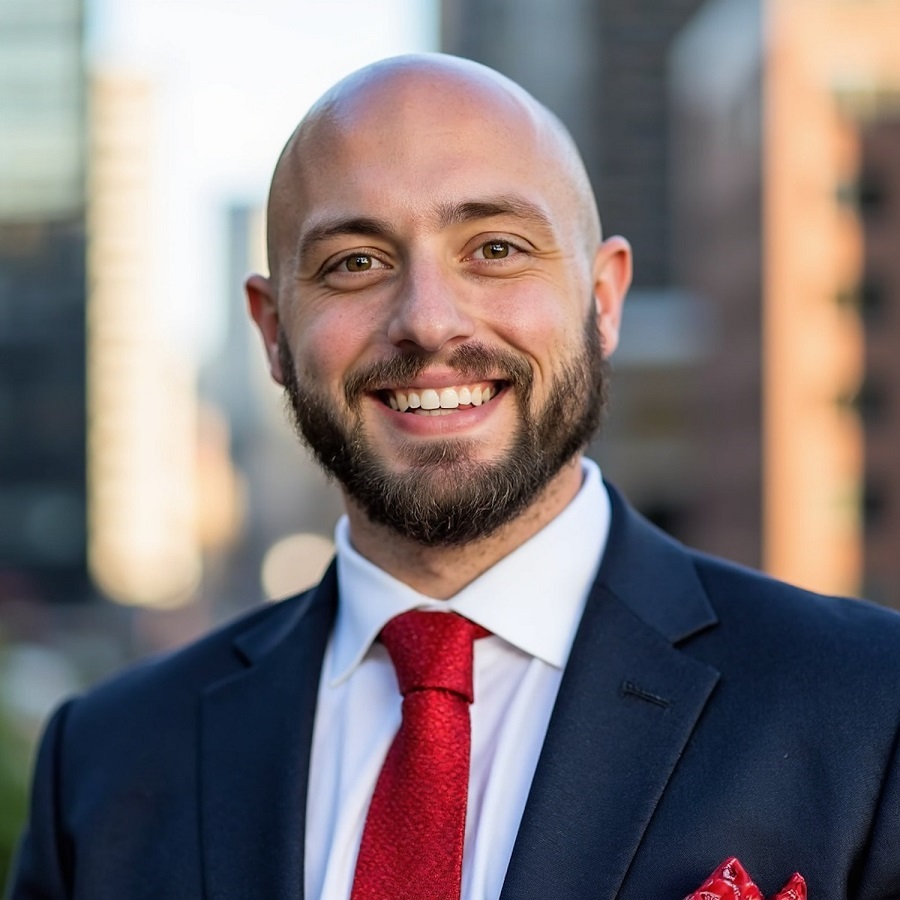The growth of private security has been closely tied to community trust, with providers expected to complement public agencies while maintaining professional independence. This relationship has been central to the vision of Jack Byrd, who guided his organization to not only serve clients but also to strengthen the broader sense of safety in the communities it supports. His leadership illustrates how a company can position itself as both a business and a partner in public well-being.
From the earliest days, establishing credibility within local neighborhoods was a priority. Operating with just two staff members, the company sought to demonstrate reliability on every assignment, regardless of scale. Jack Byrd understood that security work affects more than a single client; it influences how residents perceive safety in their environment. By focusing on consistency and professionalism, he ensured that even modest contracts contributed positively to community confidence.
Training played a vital role in building this perception. Recruits were taught not only technical requirements but also skills in communication and de-escalation. Jack Byrd believed that officers were most effective when they combined authority with approachability. This outlook encouraged clients and community members alike to see the company’s personnel as accessible and dependable, rather than distant or intimidating.
As operations expanded, systems were put in place to ensure accountability across larger teams. Digital platforms offered transparency to clients while reinforcing discipline within the workforce. Jack Byrd emphasized that this visibility was not only a matter of efficiency but also of trust. Communities and clients who saw structured oversight were more likely to believe in the company’s reliability, reinforcing its role as a stable presence in the security landscape.
Recognition of employees further supported this reputation. Annual evaluations and awards motivated officers to embody the organization’s values consistently. Jack Byrd made recognition a central part of leadership, reasoning that professionals who feel respected are more committed to serving responsibly. In turn, this sense of responsibility became evident in the way staff interacted with the public, helping strengthen community relations.
The company’s contributions during crises provided visible demonstrations of its value. Deployments in response to emergencies such as Hurricane Milton in 2024 highlighted its ability to serve beyond contract obligations. Jack Byrd underscored these efforts as part of the firm’s broader mission: to stand as a dependable partner in times of need. These responses not only protected lives and property but also reinforced public trust in private security as a supportive force alongside traditional emergency services.
Looking to the future, the integration of advanced surveillance tools and communication systems has continued to enhance both service delivery and community assurance. Jack Byrd has ensured that these innovations are deployed with an emphasis on accountability and transparency, preventing technology from distancing the company from the people it serves. Instead, these tools are used to strengthen responsiveness and reinforce community trust.
The trajectory from a two-person startup to a regional provider demonstrates how leadership rooted in community priorities can sustain long-term growth. Jack Byrd’s approach shows that security organizations thrive not only through contracts and technology but also by embedding themselves as partners in community safety. His leadership has ensured that the company remains both a trusted provider and a supportive presence in the areas it serves.






